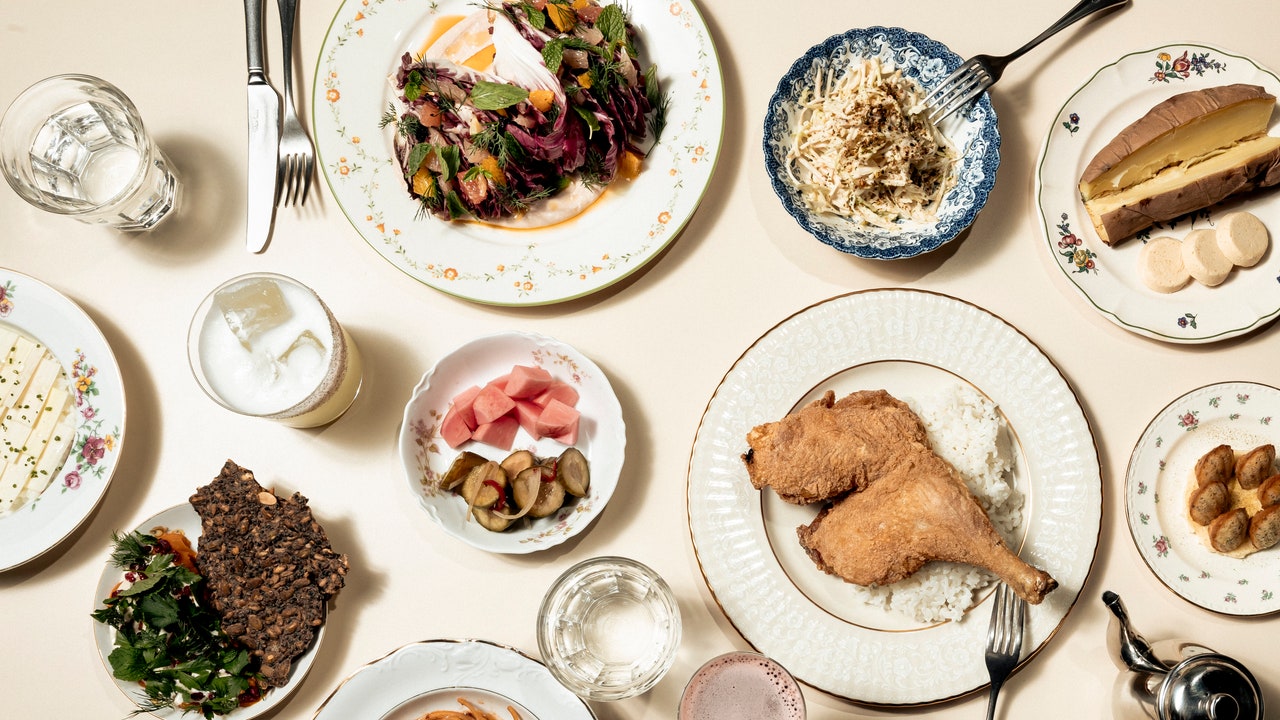
In many ways, you are what you eat. And while I may not be transforming into a Swedish Fish anytime soon, the ingredients that you put into your body indeed change how it functions. That’s why when I entered my 30s, I started eating a collagen-rich diet. Foods filled with this form of protein can positively benefit the skin and joints.
What is collagen?
Collagen: It makes skin firm and smooth, supports internal organs, and builds strong cartilage, muscle, and bone. Collagen holds our bodies together; without the protein, we would be a shapeless mass.
And when it comes to our faces, collagen creates scaffolding within the skin that helps prevent laxity and wrinkles. In fact, about 33% of the protein in your body is pure collagen, but the amount you produce begins to diminish as your enter your 30s (cue the wrinkles and creaky joints).
In addition to tying collagen supplements or the Jennifer Aniston habit of collagen coffee, the easiest way to support your body’s collagen protein is through your diet. Below are some ways to work it into your diet ASAP.
Collagen-rich foods to eat
Bone broth
Loved by celebrities and the wellness set, bone broth is made by slowly cooking bones, cartilage, and tendons of animals (all of these are very rich in type 1 collagen, which is the most beneficial for skin, nails, and hair). Incorporate it as a savory drink as part of a meal. It’s also rich in amino acids and minerals like sulfur, magnesium, and calcium.
Poultry
To get the most out of chicken and turkey, gravitate toward the skin, thighs, and wings of the chicken (not the breast).
Salmon
Fashion designer Victoria Beckham eats salmon every day because of its myriad health benefits. Fatty fish like salmon and mackerel are the richest in collagen (and so are sardines eaten whole). And it’s even better when you enjoy it with the skin on.
Meat
Whether beef, veal, or pork, meat is a good source of collagen—with one catch. Collagen-based protein is mostly concentrated in connective tissue and tendons, which are typically considered the more fibrous and less desirable cuts. If you’re wanting to focus on a collagen-packed cut, select an option like ribs.
Egg whites
Eggs themselves are not a source of collagen—but the egg white specifically contains proline and glycine, two essential amino acids for proper collagen production.
Oysters
They aren’t just an aphrodisiac. Oysters contain an inordinate amount of zinc and copper, and the amino acids proline and lysine, precursors of collagen. Indulge in them on special occasions for more radiant skin.
Red peppers
While bell peppers themselves do not contain collagen, they are an amazing source of vitamin C (even more than citrus!) which is key to building new collagen. Pairing red peppers with a meat or fish dish is the ultimate skin-enhancing dish, as you’ll maximize collagen production.
Garlic
Garlic’s many health benefits include immunity support, soothing inflammation, and boosting collagen production. In fact, it contains this winning combination: vitamin C, zinc, and copper.
Legumes
This vegetarian-friendly protein (think chickpeas and lentils) falls into the category of foods essential for synthesizing collagen. The beans also contain vitamin C, silicon, and magnesium, all of which help your body produce more collagen.
#CollagenRich #Foods #Antiaging #Benefits






